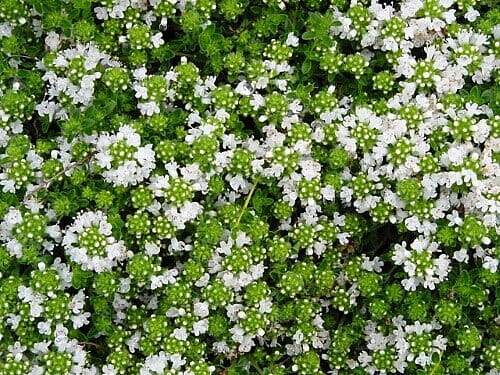
From Seedlings or TransplantingĪlternatively, you can plant nursery starts instead of seeds. Maintain regular watering after sprouts start shooting up and incrementally ease up on watering as the plants mature. The most important (and most challenging) thing to remember with direct seeding is keep the planting area consistently moist. Make sure to give them a good watering after broadcasting seeds so they don’t get whisked away by the wind, or a curious critter. Plant seeds no deeper than 1/16 of an inch. Scatter the seeds across the designated site and press them firmly into the soil, or plant two to three seeds 12 to 18 inches apart in staggered rows. Remove weeds and rake out any thick clumps of soil. Hardening them off in this way allows the seedlings to get used to their new environment and reduces the risk of shock when they are planted outside.įor outdoor seed sowing, first prepare the planting area. You can acclimate the plants by moving them outside during the day and keeping them inside at night, increasing the amount of time they spend outdoors by about an hour or so each day. After the seedlings have established roots and grown to an inch or two in height, they may then be moved outside. Thin to two to three seedlings per container. Sprinkle seeds on top of the soil or covered lightly to a depth of 1/16 of an inch at most, and maintain consistent moisture for germination.
#WHITE CREEPING THYME GROUND COVER HOW TO#
You can learn about how to grow common thyme in our guide.įor growing indoors, sow seeds in organic potting soil, either in trays or two-inch containers. vulgaris, is edible as well, offering a light herbal option to be used in the kitchen. vulgaris, is used in modern-day soapmaking, cosmetic and dental hygiene products, candy, and chewing gum.Ĭreeping thyme, not to be confused with its more culinarily-inclined cousin, T. The essential oil, derived mostly from common thyme, T. It was also used by the ancient Egyptians for embalming, and by ancient Roman soldiers to invigorate courage. This reference is most likely associated with the sacred practice of burning the herb as incense. The name thyme is derived from the Greek word “thumos,” meaning smoke. Since antiquity, various species have been harnessed for their culinary and medicinal properties.

praecox is one of about 350 species in the Thymus genus - all aromatic herbaceous perennials native to the temperate Mediterranean climate found in parts of Europe, North Africa, and Asia. Small, fuzzy gray-green leaves are aromatic and release their fragrance when delicately crushed.Ĭome summertime, lavender-pink blooms attract butterflies, bees, and other friendly pollinators.Īlso known as mother of thyme, T.


 0 kommentar(er)
0 kommentar(er)
